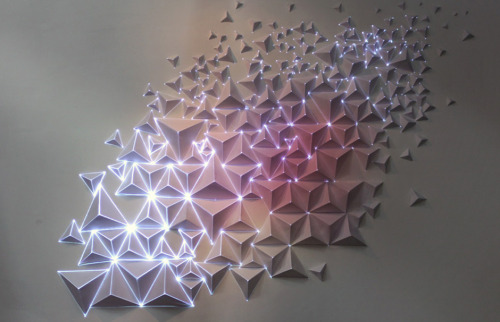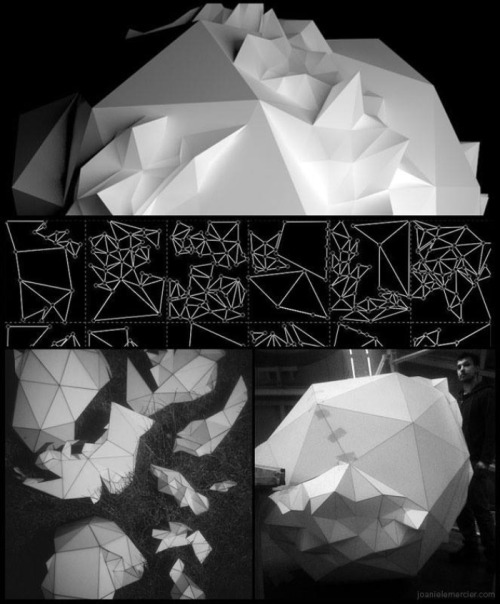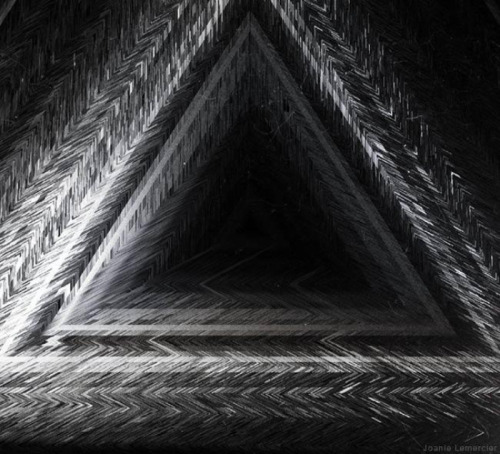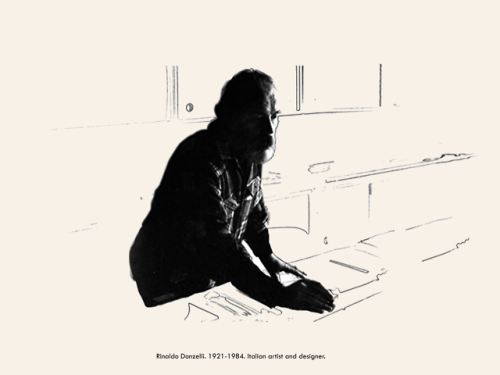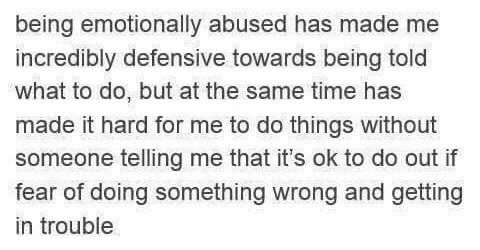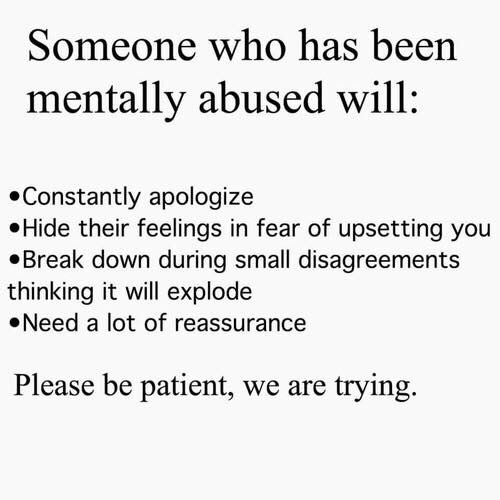#triangulation
Settle down and set your mind
On those who don’t mind the asinine
Antics, play to the ones who want
Whatever rubbish you fling around
Like Oscar the Grouch on speed
Don’t need my reaction or to pick
My brain about anything relating
To you…or anything else for that matter.
Perplexing how she doesn’t make
The connection, too blinded by her own
Obsession to see the disturbing
Absurdity; surprised the hotheaded
Jealousy queen isn’t demanding
No alluding to me in her company
Let alone not to beg for scraps
Of my attention so blatantly.
No it is taken out on me.
Mr. Look-Ma-No-Hands-Geometry
Once again getting off scot-
Free to try wrangling up a triangle
Obtuse scalene obscene.
– All you’ll get from me is this poem you will never read
Why Covert Narcissist Use Triangulation?
One of the main symptoms of narcissistic personality disorder is a cognitive distortion known as black and white thinking. Narcissists generally lack “whole object relations” and only see things as black or white.
Black and white thinking doesn’t allow the narcissist to see that people at the same time have qualities and flaws; they believe that people are either good or bad. A covert narcissist doesn’t care about your feelings. They don’t respect others and have no empathy for other people’s emotions. They only want to control and use triangulation to protect their ego and maintain control.
How to React to Narcissist Triangulation?
Ending the manipulation in narcissist triangulation is the only way to escape the toxic relationship and maintain good mental health.
Here are the three essential steps in ending the narcissistic abuse and recovering from it.
1. Recognize that the Narcissist is Using Triangulation
The first step in ending the triangulation is becoming aware of it. Recognizing that triangulation is happening will empower you to stop feeling guilty. It will also help you realize that the problem is with the narcissist, not with you.
2. Cut Off the Contact with the Narcissist
The most effective way to end triangulation is to cut off the narcissist ties. Once you leave the relationship and stop providing attention to the narcissist, the triangle fails.
3. Set Clear Boundaries
If you must stay in touch with the narcissist (e.g., share children, work together, etc.), make sure to set firm boundaries. Boundaries are an essential aspect of self-care that allows you to stop the abuse cycle in narcissist triangulation.
Narcissistic Romantic Relationship Triangulation
Since most romantic relationships are between two individuals, triangulation would appear impossible. However, the narcissist will often bring in a third party for the purpose of playing their victims off of each other.
For instance, a married narcissist might start spending more time with a coworker or friend, which their partner would not reasonably object to. The narcissist then casually mentions how the coworker or friend exhibits a quality or behavior that is superior to their partner’s.
These comments make their partner feel inadequate, leading them to try harder to please the narcissist. This enhanced control is what the narcissist was looking for; it provides them with the admiration they crave. The coworker and friend will likely have no idea that they’re being used as a foil to the narcissist’s partner. They may not even express the qualities or behaviors that the narcissist is claiming. This idealized version of them is enough to torment and control the narcissist’s partner.
Triangulation is commonly used after a breakup or narcissistic discard and is a way for the abuser to wiggle their way back into the victim’s life. The narcissist might boast about their new relationship and how everything in it is better than with the victim.
They could also mention how their new love interest looks down on the victim, which directs anger away from the narcissist who may have fabricated everything about their new partner all along

Triangulation is considered a form of emotional abuse that can occur in any relationship. Your covert narcissistic partner may pull in a third person into your toxic relationship to create conflicts between the two of you so they can manipulate and take advantage of you. Your narcissistic partner then acts as a messenger between you and another person, making sure that there is limited or no communication between the two of you except through the narcissist.
Narcissists often invoke feelings of insecurity and jealousy to maintain control in a relationship. For example, they might tell you about a coworker who keeps flirting with them, creating an illusion that they are desirable. This may cause you to feel insecure and afraid that your partner may leave you.
Or they may tell you stories of how their ex treated them poorly to summon feelings of loyalty and get all your attention. A narcissist will also use triangulation to send you subtle messages of how you must behave to keep them. The covert narcissist will also use this form of emotional abuse once they have decided they don’t want to be with you anymore – they will pull in a third person and talk to them about their intentions.
This is a way of controlling your behavior.
Similarly, your narcissistic friend may use triangulation to manipulate you. He or she might lie and tell a third person things you have been saying about them (which you haven’t said) and vice versa, creating a rivalry and conflicts between the two of you. Typically, all communication would go via the narcissist, but you and the third person would both feel anger, hurt, and tension every time you see each other. For all this time, the narcissist will maintain their guiltlessness, acting empathetic to your issues.
The Three Traditional Parts of the Triangle:
The three specific parts within the triangle in relationships are the Persecutor, the Victim, and the Rescuer. Stephen Karpman first described the destructive model of the drama triangle in late 1960 to explain the dynamic in relationships of narcissistic abuse and other toxic relationships.
The Persecutor
This is the position a narcissist will take when they are on the attack – blaming, controlling, shaming, or aggressive. They will target you as a wrongdoer so they can criticize and blame you.
The Victim
Narcissists will use the ‘victim’ position typically to present themselves as helpless, hopeless, being taken advantage of – in short, being victimized. This allows them to waive any responsibility for their words or actions and blame you instead.
The Rescuer
In a toxic codependent relationship with a narcissist, you may quickly find yourself in the position of the ‘Rescuer’ – the fixer, helper, and pleaser. The ‘Rescuer’ typically accepts responsibility for the ‘Victim’s feelings or behavior, which is a core of dynamics in toxic codependent relationships.
While the narcissist can quickly shift from any of these positions, they most commonly play the persecutor’s or the victim’s roles. Then they pull others into one of the positions within the triangle to create drama, conflict, and other toxic patterns.
7E Guest Artist - Joanie Lemercier
Joanie Lemercier is a French visual artist and former Creative Director of AntiVJ. He creates spectacular light installations, video presentations, stage designs, projection mapping and sculptures. His work is inspired by geometry, nature, visual perception and optical illusions. Minimalist yet intricate in detail, his designs notably consist of triangulations - a network of triangles in 3-dimensional form.
We’re blown away and thrilled to have Joanie join our 7E community.
Post link
Prototype
Rinaldo Donzelli.
This is a model of a large luminous floating structure, designed by Italian artist and designer Rinaldo Donzelli (1921-1984), in early 60s. The structure was designed to settle in lake Como at a city party.
Thanks to Bruno Munari with whom he made a profound friendship that then became a fruitful collaboration that would last a lifetime.
Post link


